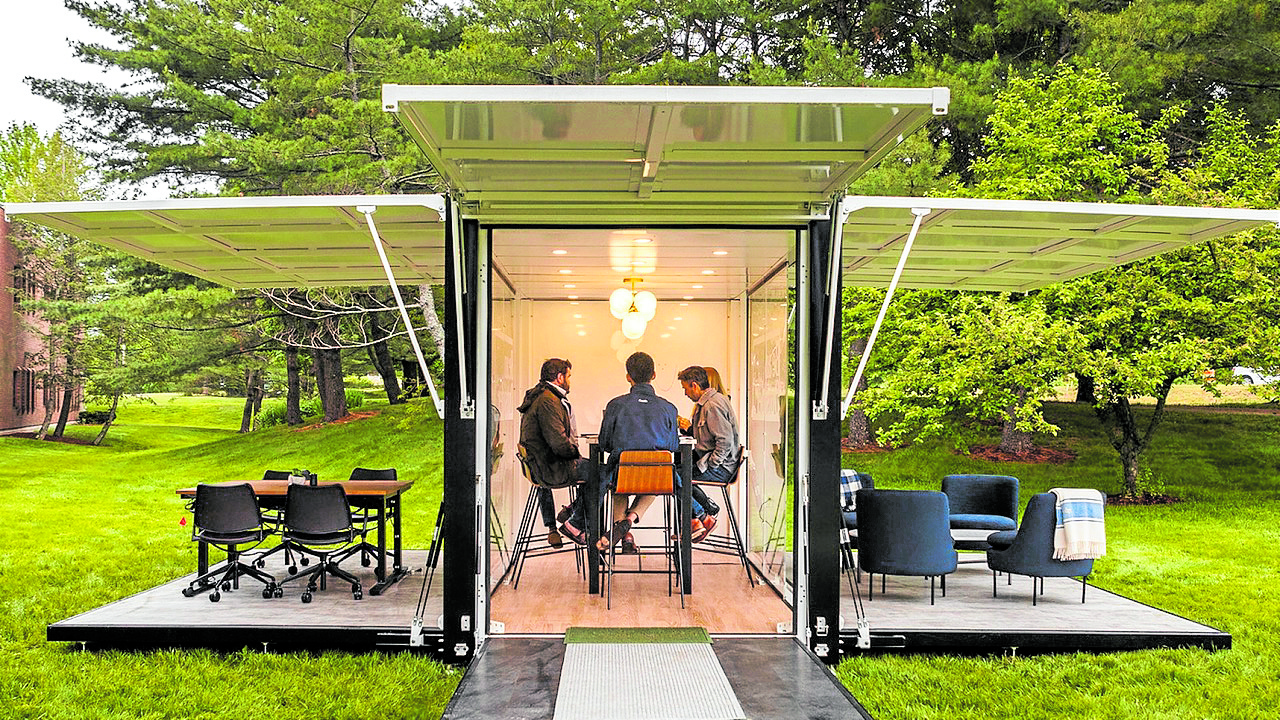As far as this pandemic is concerned, we aren’t seeing the end of it—and that seems to be the biggest problem in dealing with our situation. We thought it would be a short sprint of a race, but it’s turning out to be quite the long distance run. And we don’t even see the finish line. Well, just not yet.
For the property sector though, it is quite satisfying to hear that there are still many people purchasing property, especially non-speculators who, due to the lockdowns, want to improve their living conditions.
Spending much time at home has given us the opportunity to rediscover the nooks and crannies of our spaces, looking into the quality of our daily experiences and making these a top priority for improvement for our physical comfort and mental well-being. Working and studying from home have prompted the realization that we have changing needs. For some, re-arranging furniture is enough, but others are needing more elbow room to accommodate their everyday activities. And for many, outdoor space, whether from a balcony or a backyard, is now precious commodity.
While a good number of property buyers are willing to risk going out to explore the available options, others are still fearful of exposure to the virus, and instead, spend hours navigating the web before doing quick runs into sales pavilions and “tripping” to see available properties in the hopes of finally finding their ideal upgrade.
Various showrooms have established protocols during the COVID-19 season, but property developers should consider providing environments that address not only the physical concerns of tracing, disinfection and distancing, but also the psycho-social concerns of their potential buyers. The fear beyond the realities, so to speak, so that the task of upgrading a home or acquiring a new asset can feel as pleasurable and momentous as it should.
Entertaining a buyer in a sales showroom offers the huge benefit of experiencing a tangible “reality,” a simulated environment through which they can convey the experience via a variety of engaging visuals and collaterals. The prime piece of sales material in every showroom is usually the “model unit,” and lounge and exhibition spaces that are designed to exude the quality or lifestyle that a development will provide. Or, if the product is a lot or a single-detached home, an impressive and large-scale model of the estate is displayed to give a buyer a greater sense of their prospective community. Within these showroom experiences, a dream or aspiration is fulfilled.
Nothing can compete with a dynamic discussion and a real salesperson, armed with visuals and numbers, a variety of purchase options, and all the tangible collaterals needed for any buyer to do his or her due diligence for property shopping.
And while digital media like images, walk-through videos, aerial or drone videos can be seen from the comfort and security of one’s home and computer monitor, the guidance of a salesperson is an essential tool in understanding a product better. Online conversations are definitely possible and are becoming quite the norm, but we can all agree that a person-to-person interaction is more engaging and provides the quick delivery of information.
So while we wait for better days to come, developers can consider making certain improvements to their existing, or future showroom spaces.
Firstly, promoting the use of all-natural ventilation and sunlight. Yes, we live in a warm and humid country, but perhaps, model units can have operable doors and windows which could very well simulate the actual conditions of the units and allow for natural air exchange without being mechanically enabled, and occasionally supplemented with air conditioning for cooling comfort.
These showrooms can also have areas like terraces or balconies that are shaded from the sun, but are essentially outdoor spaces with free flowing air, where longer discussions—enjoyed with refreshments—can be conducted without the threat of stagnant air and contaminants. Naturally ventilated and open spaces for lounging and transacting promote the concept of well-being, too: exposed to greenery, soft breeze and healing sunlight.
One concern during the more serious person-to-person—and not necessarily face-to-face—discussions is the issue of distancing, huddling too close for comfort and having to hover over the same computer monitor, intruding upon precious personal space, and worse even, possibly forgetting the rules on social distancing.
It is a good time to enjoy the outdoors: less pollution, more healing sunlight, exposure to nature’s biome and good spaces to manage safety.
Online or telephone conversations do serve the information, but simultaneously viewing the same content within the same area, via large screens or monitors widens this space between sharing the same devices or reviewing the contents of the same sheet of paper while closing the gap on information sharing. Moreover, it aligns the understanding of information both visually and verbally, for both buyer and seller.
The one big advantage of living through a pandemic is that it shows us that processes and practices considered as norms could be further simplified and made more efficient, if not made even more effortless and enjoyable. Sometimes, we don’t need to look too far ahead. There are many things that wait by our feet for change and improvement. And they can work for us—with or without a pandemic.
Operable doors and windows are so in vogue, it’s about time model units and apartments open up and let light and air in.
